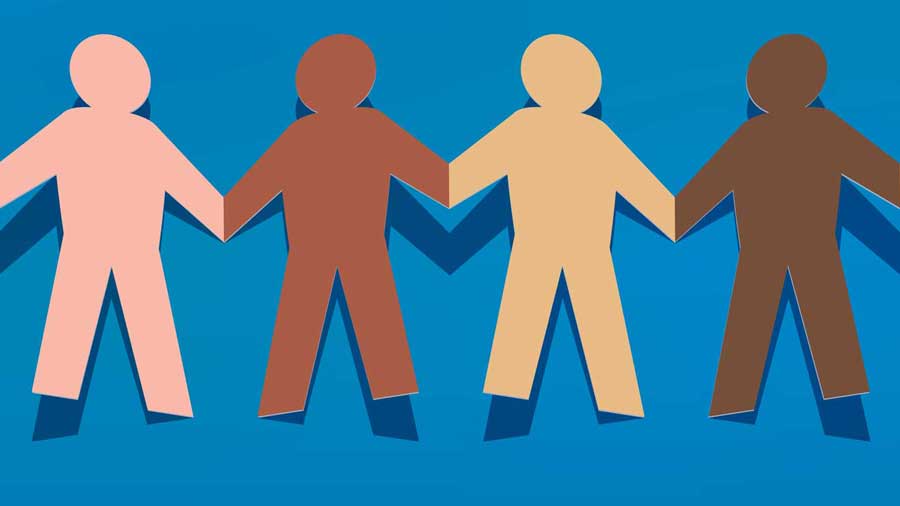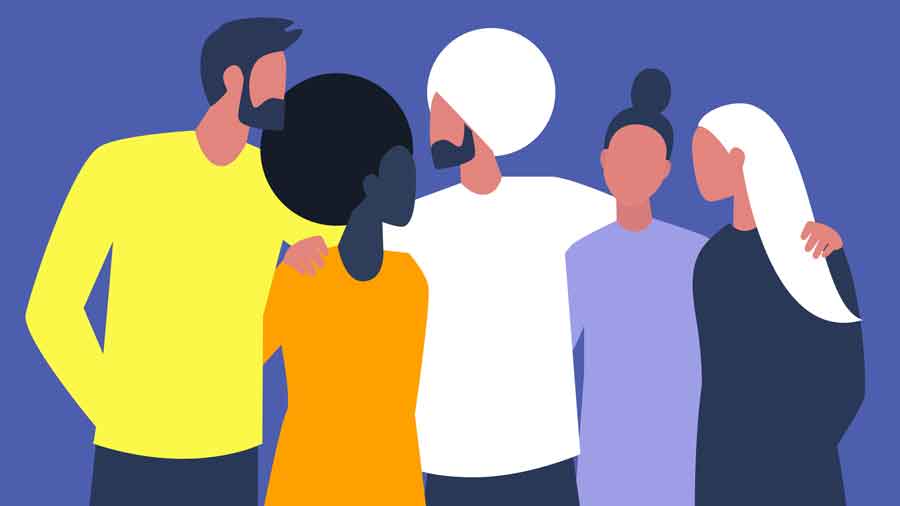Shaping mindsets
Only by reflecting on and acknowledging our biases can we create diverse and inclusive organisations

GOVERNANCE
Image: Istock

Sade Joseph
Consultant, Campbell Tickell
Many business leaders have ramped up their efforts to boost diversity, against a history of glacial progress on addressing the issue within their organisations. This change of pace is welcome, but getting diverse candidates through the door is only half the battle. Access is not inclusion.
Appointed members from under-represented groups may continue to feel like outsiders if the organisational culture does not embrace and value them. Our decisions and behaviours are shaped by our biases and, if unacknowledged and not fully understood, these biases can have a powerful impact on how organisations go about their work. How best to approach this issue?
The right mindset
Having the right mindset can help cultivate an inclusive culture that recognises, respects and elevates (visible and invisible) differences. This can also promote psychological safety where people from all backgrounds can comfortably express their authentic selves without fear of retribution, humiliation or denouncement. Therefore, we must shift our mindsets and widen our diversity lens beyond metrics and mandates to focus on addressing our current beliefs, behaviours and biases.
Shifting long-established mindsets, encouraging behaviour change and developing cultural sensitivity is not easy and does not happen overnight. But perhaps ongoing self-reflection and learning, despite our fears and discomforts, is a vital first step.
Here are a few pointers to stimulate reflections and conversations within organisations:
01
Assess our own understanding of the meaning and value of diversity and inclusion. What have we read/watched/explored further?
02
Talk with our stakeholders (such as colleagues and service users) – particularly those from under-represented groups – to understand their needs, backgrounds and experiences.
03
Measure our potential bias, perhaps by using one or more of the Harvard University Implicit Association Tests.
04
Obtain honest feedback from stakeholders about our language and behaviours in light of our bias results. This may uncover any blind spots in our behaviours and interventions.
05
Assess our active listening skills – making a conscious effort to hear not only the words that others are saying but, more importantly, the messages being communicated.
06
Consider our open-mindedness to difference – avoiding the assumption that everyone is like us.
07
Examine our emotional intelligence – managing our discomforts and fears when handling conflicts and tensions.
08
Assess our humility – acknowledging that our perception of the world is not the only way or the right way.
09
As part of our reflections on the above pointers, we should ask ourselves: what should I stop doing; what should I start doing; what should I do more of; what should I do better? To aid these reflections, it may be beneficial to commission external expertise.
Transformation and action
With our renewed mindsets, we should transform our behaviours and change interventions. Furthermore, we should embed them into all levels of our organisations, driven and role-modelled by leadership teams at the top. Only then can we reap the benefits of diversity and lay a strong foundation for genuine and sustainable change.
Diversity and inclusion are complex, messy and uncomfortable. Therefore, several concurrent, conscious and continuous interventions – personally and systemically – are required.
There will always be those who embrace difference, and those who are prejudiced and resistant to change. We can only change ourselves, not anyone else. But, by taking time to pause and self-reflect, it is hoped that we can positively shift our mindsets to prosper with unity in diversity.


